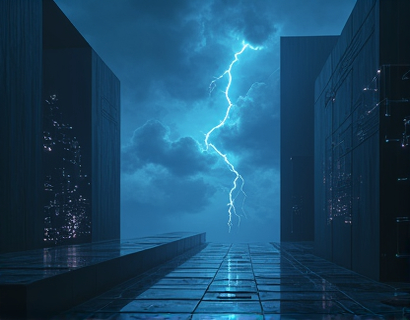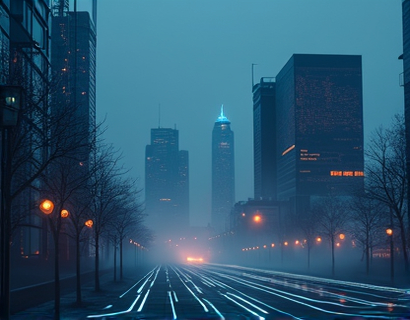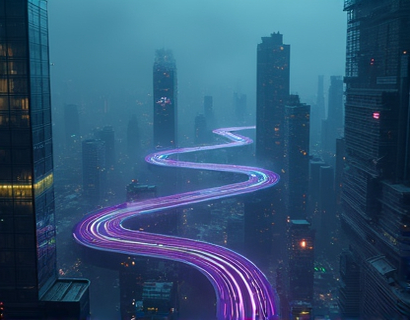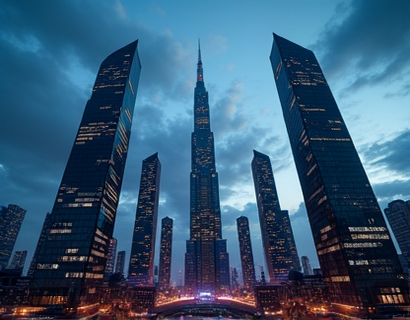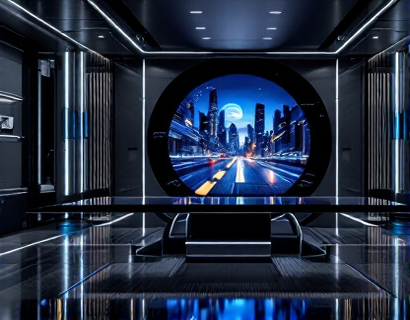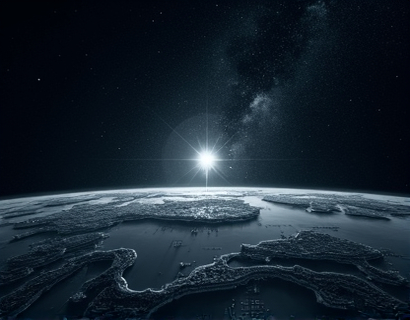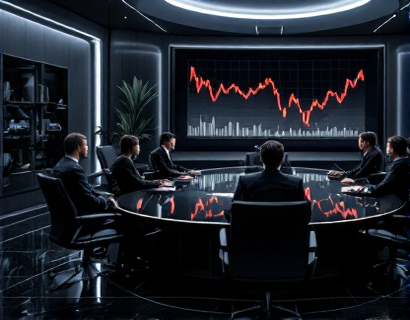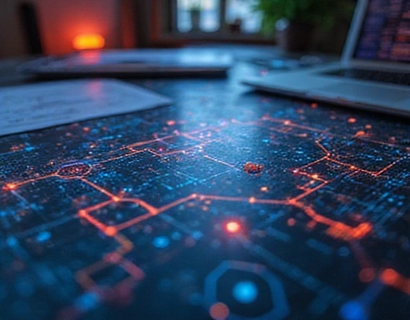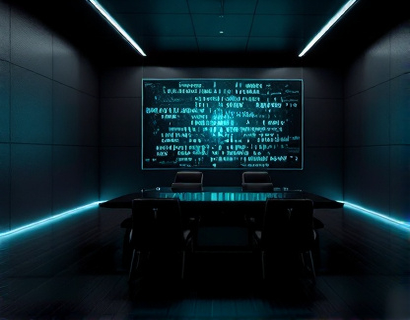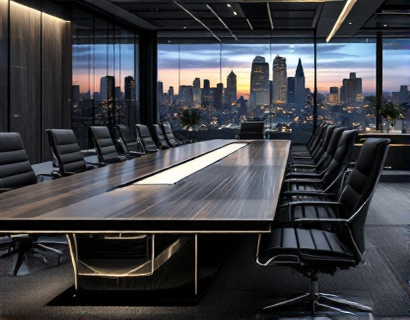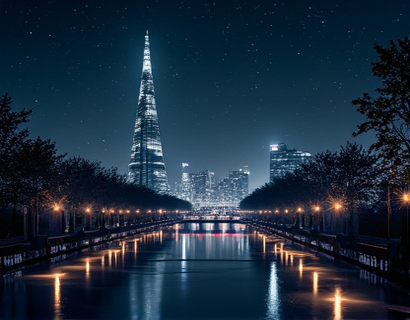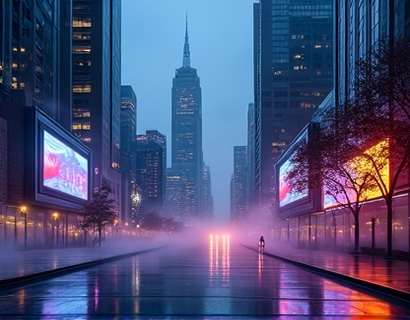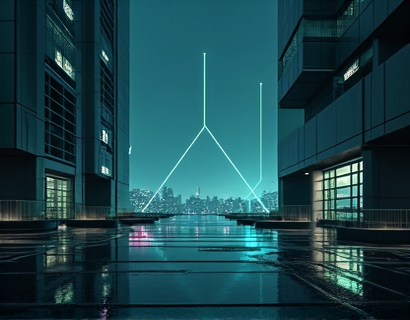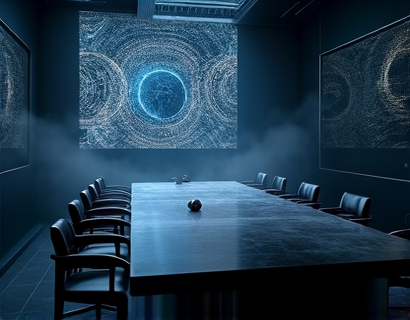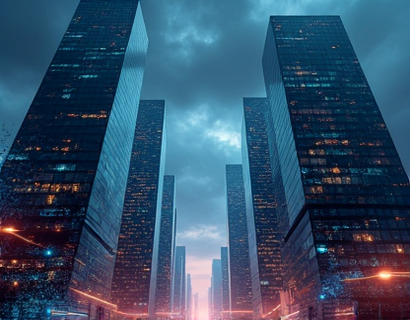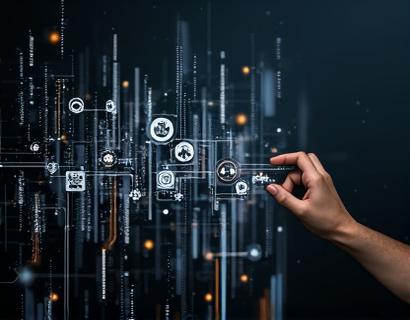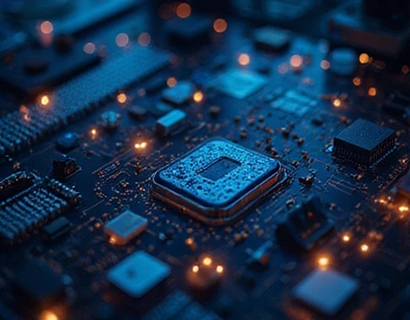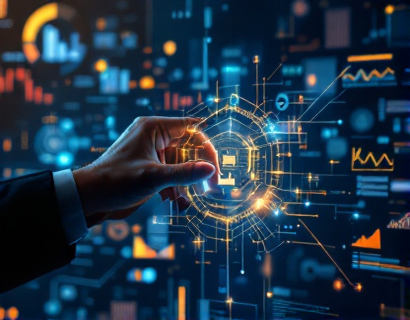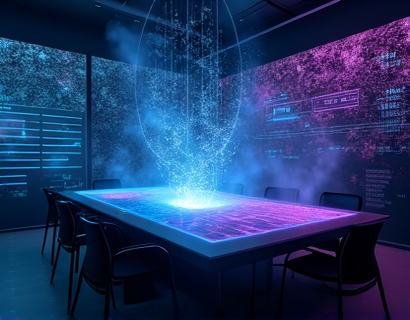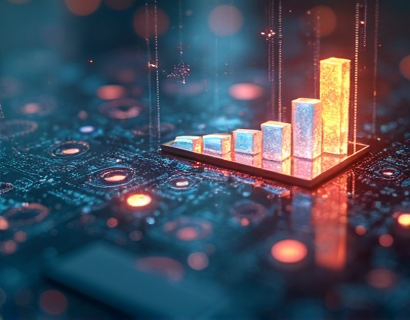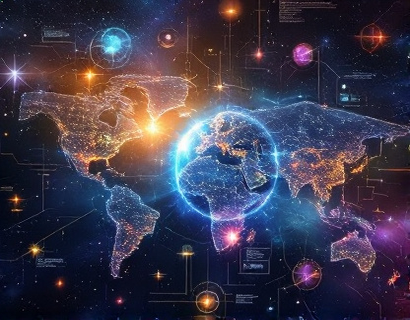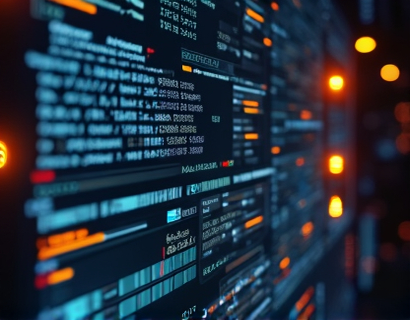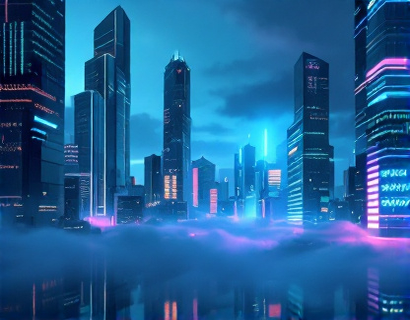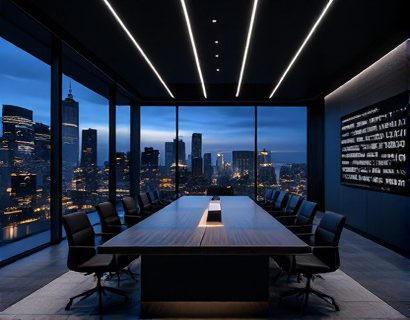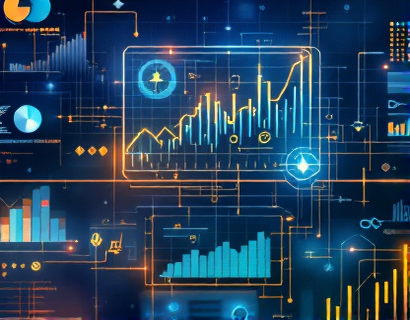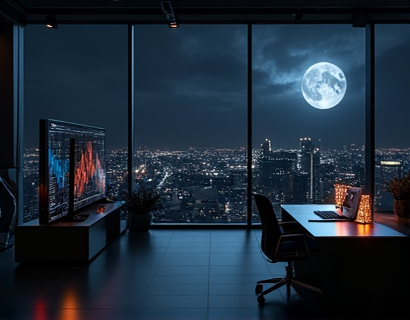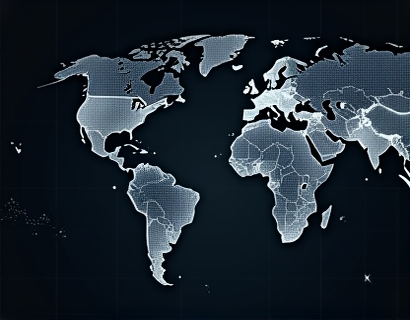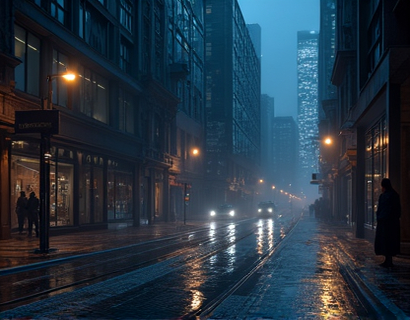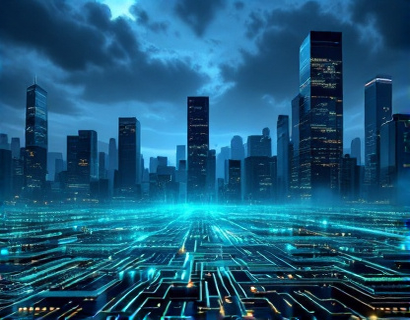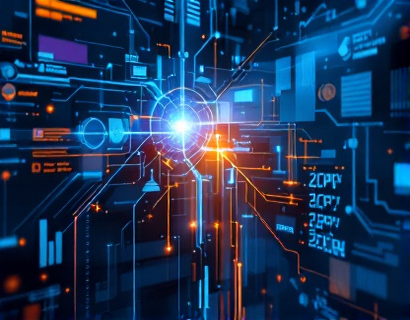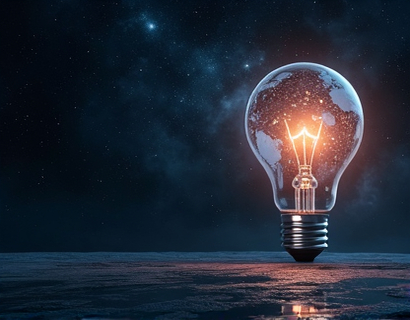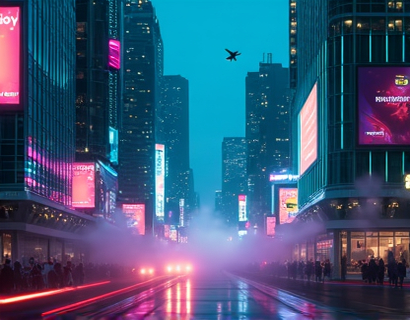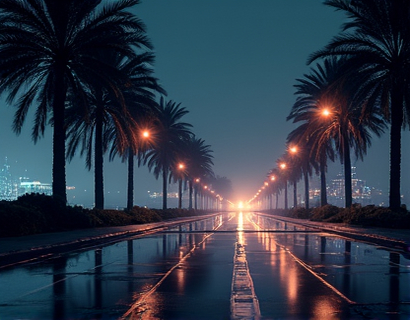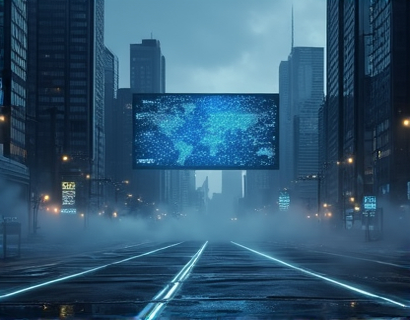AI-Driven Art Generation: Revolutionizing Creative Expression
The intersection of artificial intelligence and art has given birth to a new era of creative possibilities. This innovative fusion allows artists and businesses to transform abstract concepts into visually stunning imagery with unprecedented ease. The advent of intelligent image creation technology marks a significant milestone in the evolution of art, offering a platform where creativity knows no bounds. This article delves into the transformative power of AI-driven art generation, exploring how it is reshaping the landscape of visual creation.
The Rise of AI in Art Creation
Artificial intelligence has long been a driving force in various industries, but its application in art creation is relatively recent. The ability of AI to analyze vast amounts of data, recognize patterns, and generate novel outputs has opened up new avenues for artistic expression. Unlike traditional methods that rely heavily on human skill and technique, AI-driven art generation leverages algorithms to produce high-quality images based on textual descriptions or simple prompts. This democratizes the creative process, making it accessible to anyone with an idea, regardless of their artistic background.
How AI-Driven Art Generation Works
The process of creating art with AI involves several key steps. First, a user inputs a description or concept into the AI system. This could be as simple as a few words or a detailed narrative. The AI then processes this input, drawing on a vast database of images and artistic styles to generate a visual representation. Advanced neural networks, particularly Generative Adversarial Networks (GANs) and Variational Autoencoders (VAEs), play a crucial role in this process. These networks are trained on extensive datasets of art and images, enabling them to understand and replicate various artistic styles and techniques.
The AI generates an initial image, which is then refined through iterative feedback. Users can adjust parameters such as color, composition, and style to fine-tune the output. This interactive process ensures that the final product aligns closely with the user's vision. The result is a unique, high-quality image that would be challenging to create manually in a fraction of the time.
Benefits for Artists and Creatives
For artists, AI-driven art generation offers a powerful tool to expand their creative horizons. It serves as a catalyst for inspiration, allowing them to explore new styles and concepts that might be difficult to achieve through traditional methods. The technology can also save time, enabling artists to focus on other aspects of their work, such as conceptualization and refinement. For those who may not possess traditional artistic skills, AI provides an entry point into the world of visual creation, breaking down barriers and fostering inclusivity in the art community.
Moreover, AI-generated art can serve as a collaborative partner, enhancing rather than replacing human creativity. Artists can use AI to generate base images, which they can then modify and build upon, creating a hybrid form of art that combines the best of both worlds. This synergy between human intuition and machine precision opens up new possibilities for artistic expression.
Applications for Businesses and Brands
Businesses and brands can leverage AI-driven art generation to create unique and compelling visual content. In an era where visual storytelling is paramount, having access to high-quality, custom imagery can significantly enhance a brand's presence and appeal. AI can generate logos, product visuals, marketing materials, and even entire digital environments, all tailored to a brand's specific needs and identity.
For instance, a fashion brand can use AI to create virtual fashion shows, showcasing models wearing custom-designed garments in various settings. This not only saves time and resources but also allows for endless variations and iterations, ensuring a fresh and dynamic presentation. Similarly, interior designers can use AI to visualize room layouts and decor, providing clients with realistic previews of their designs before any physical work begins.
Creating a Seamless Creative Experience
The beauty of AI-driven art generation lies in its user-friendly interface and intuitive process. Platforms designed for this purpose offer a canvas where users can input their ideas and receive fully rendered images with minimal effort. The system understands natural language, allowing users to describe their concepts in everyday terms. This removes the need for technical expertise, making the technology accessible to a broad audience.
Once a user inputs a prompt, the AI generates an initial image. This image can be further refined through adjustments to various parameters, such as color palette, lighting, and composition. The iterative process ensures that the final output is a precise representation of the user's vision. This level of control and customization empowers users to create truly unique and personalized visual content.
Advantages Over Traditional Methods
Compared to traditional art creation methods, AI-driven generation offers several advantages. First, speed is a significant factor. What would take hours or even days to create manually can be accomplished in minutes with AI. This efficiency is particularly beneficial for businesses that need to produce a large volume of visual content quickly. Additionally, the cost-effectiveness of AI-generated imagery reduces the financial burden associated with hiring professional artists or purchasing high-end equipment.
Quality is another area where AI excels. Advanced algorithms can produce images with a level of detail and realism that rivals traditional methods. The ability to blend different styles and techniques seamlessly adds to the versatility of AI-generated art. Moreover, the consistency of AI-generated imagery ensures that each piece meets high standards, eliminating the variability often associated with human-created art.
Ethical Considerations and Future Directions
As with any emerging technology, ethical considerations must be addressed. Issues such as copyright, originality, and the potential for misuse need to be carefully managed. Ensuring that AI-generated content respects intellectual property rights and does not perpetuate harmful stereotypes is crucial. Transparency in the creation process and clear guidelines for usage can help mitigate these concerns.
Looking ahead, the future of AI-driven art generation is promising. Continuous advancements in AI algorithms and increased computational power will likely lead to even more sophisticated and realistic imagery. Integration with other technologies, such as augmented reality and virtual reality, could open up new dimensions for creative expression. The potential for AI to assist in art therapy, education, and accessibility is also an exciting area of exploration.
Conclusion
AI-driven art generation represents a significant leap forward in the realm of creative technology. It empowers artists and businesses alike to bring their concepts to life with unprecedented ease and quality. By bridging the gap between imagination and reality, this technology is redefining what is possible in the world of visual art. As the capabilities of AI continue to evolve, the future of creative expression looks brighter and more innovative than ever.



